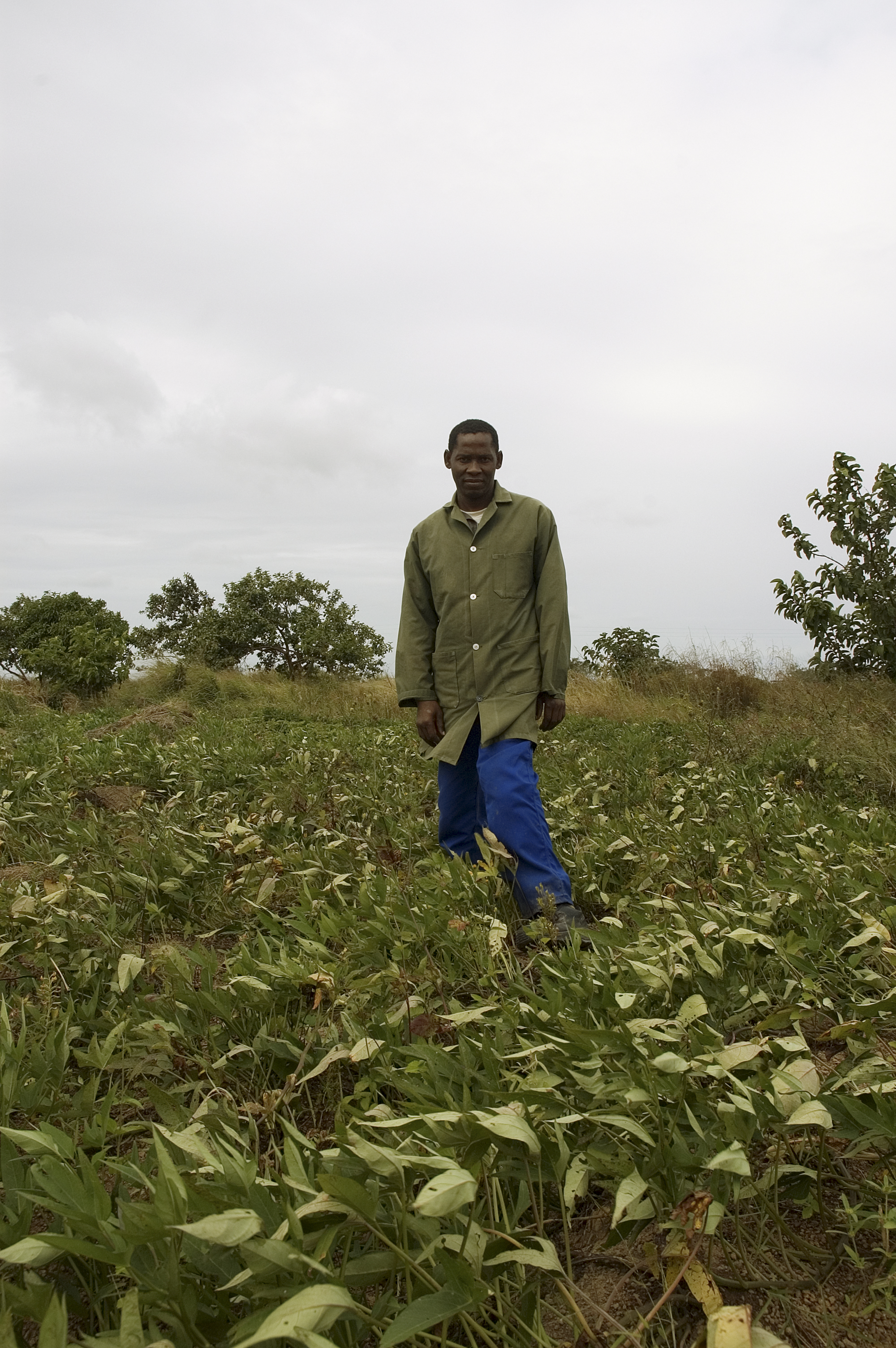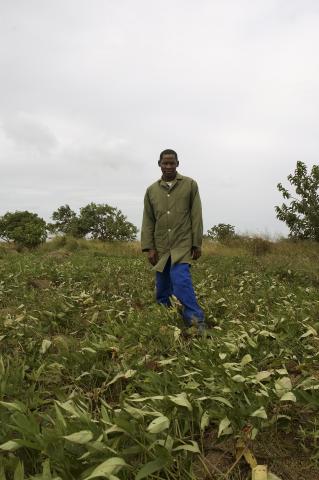Optimal investments in biofortification
Research snapshot1
 As momentum for biofortification builds and stakeholders become increasingly interested in investing in it, evidence-based information is needed to decide how and where to target biofortified crops to impact nutrition most cost-effectively. To this end, HarvestPlus has developed the Biofortification Prioritisation Index (BPI), which ranks countries according to their suitability for investment in biofortification interventions. The BPI is a geometric mean of three sub-indices based on country-level crop production and consumption data from the Food and Agriculture Organization (FAO) and country-level iron, zinc and vitamin A deficiency data from the World Health Organization (WHO). Several sub- indices are used: the production sub-index captures the extent to which a country is a producer of one of the staple crops targeted by HarvestPlus for biofortification; the consumption sub-index captures the proportion of the crop under domestic production consumed by the country’s population; and the micronutrient sub-index captures the extent to which a country’s population suffers from the respective micronutrient deficiency (vitamin A, zinc or iron). The combined number of the three sub-indices is rescaled into a score ranging from 0 to 100, where 0 indicates low priority and 100 indicates a high-priority country for consideration of a biofortification intervention. For example, Brazil is ranked 11 among the 81 countries that produce beans out of the 127 countries in the database and is therefore a good candidate for biofortification investment in iron beans, but is ranked 58 among the 75 sweet-potato producing countries and is therefore deemed low priority for investment in vitamin A sweet potato biofortification.
As momentum for biofortification builds and stakeholders become increasingly interested in investing in it, evidence-based information is needed to decide how and where to target biofortified crops to impact nutrition most cost-effectively. To this end, HarvestPlus has developed the Biofortification Prioritisation Index (BPI), which ranks countries according to their suitability for investment in biofortification interventions. The BPI is a geometric mean of three sub-indices based on country-level crop production and consumption data from the Food and Agriculture Organization (FAO) and country-level iron, zinc and vitamin A deficiency data from the World Health Organization (WHO). Several sub- indices are used: the production sub-index captures the extent to which a country is a producer of one of the staple crops targeted by HarvestPlus for biofortification; the consumption sub-index captures the proportion of the crop under domestic production consumed by the country’s population; and the micronutrient sub-index captures the extent to which a country’s population suffers from the respective micronutrient deficiency (vitamin A, zinc or iron). The combined number of the three sub-indices is rescaled into a score ranging from 0 to 100, where 0 indicates low priority and 100 indicates a high-priority country for consideration of a biofortification intervention. For example, Brazil is ranked 11 among the 81 countries that produce beans out of the 127 countries in the database and is therefore a good candidate for biofortification investment in iron beans, but is ranked 58 among the 75 sweet-potato producing countries and is therefore deemed low priority for investment in vitamin A sweet potato biofortification.
Micronutrient intervention portfolio studies offer the ability to distinguish production, consumption and inadequate micronutrient intake at a more disaggregated level. These studies offer a complementary design and planning tool to simulate the implementation of biofortification and examine its potential impact and cost-effectiveness among different approaches. The studies are also designed to examine multiple interventions in a country to better understand biofortification’s role in reducing micronutrient deficiency when considered among a suite of interventions. This paper provides a case study of Zambia, which is ranked third highest on the BPI for suitability to invest in vitamin A maize due to its high production and per capita consumption and high prevalence of vitamin A deficiency. The case study demonstrates how these tools can be used to assess the potential impact of biofortification, quantify its cost-effectiveness and examine how it interacts with and complements other interventions. Given the long-term nature of biofortification as an intervention investment, future analyses should incorporate various scenarios, including continued investment in sustainable development and the effects of climate change, which are likely to condition the impact of biofortification and other interventions.
Footnotes
1Lividini K, Fiedler JL, Zeller M, Asare-Marfo D, Funes J and Biroll E. (2017) Identification of optimal investments. African Journal of Food, Agriculture, Nutrition and Development, Vol. 17, No. 2, April 2017. https://www.ajfand.net/Volume17/No2/index.html


